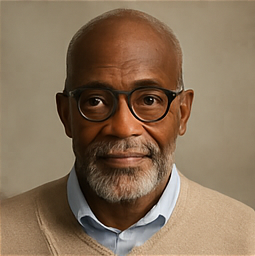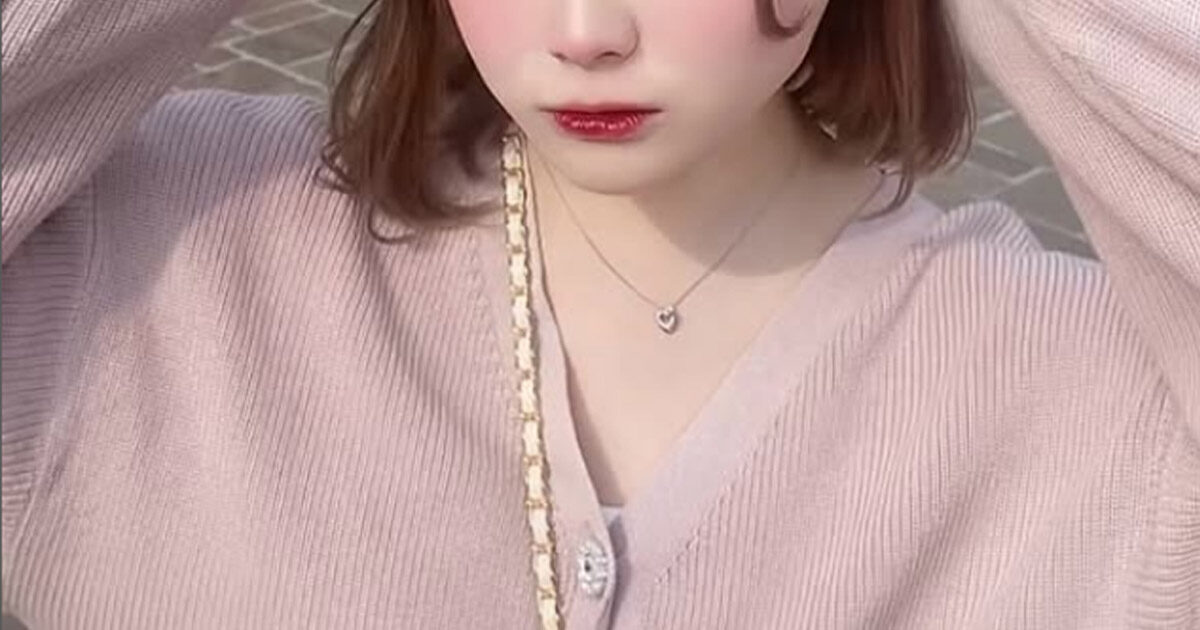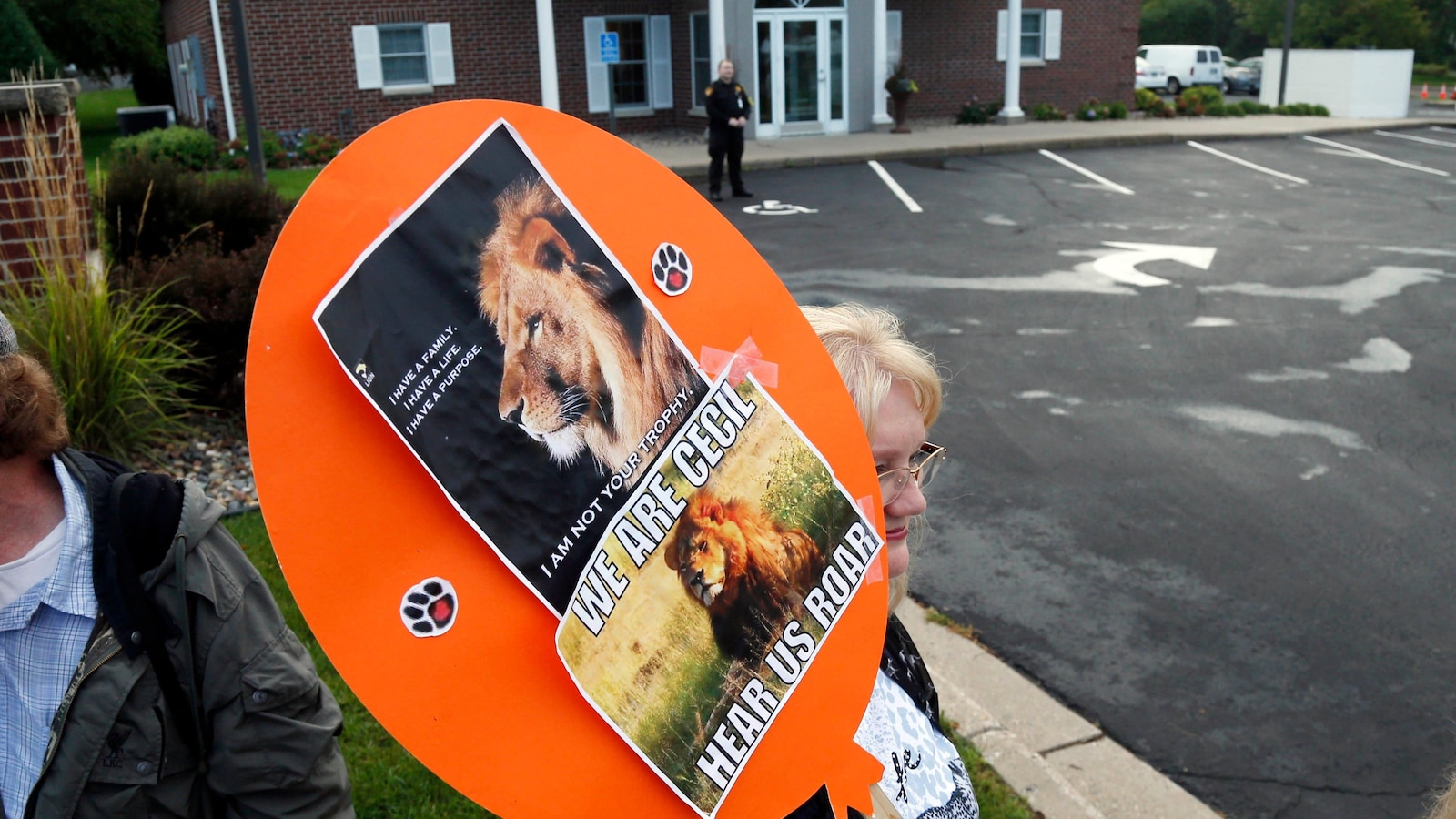The Chilling True Story Behind HBO's 'The Yogurt Shop Murders'

What if the darkest chapter of your hometown's history was never solved? The unspeakable horror of the 1991 rape and murder of four teenage girls at an Austin, Texas frozen yogurt shop is the haunting tale at the center of Margaret Brown’s gripping new HBO docuseries, “The Yogurt Shop Murders.”
More than three decades ago, Amy Ayers, sisters Jennifer and Sarah Harbison, and Eliza Thomas were brutally taken from their families, leaving an indelible scar on the Austin community. Their tragic story didn’t just vanish into the shadows of time; it became a grim part of the city's fabric, as noted by Brown. “It’s something you can’t really get away from in Austin,” she reflects, a sentiment that echoes deeply with residents.
This compelling docuseries, produced in collaboration with Emma Stone and her husband, Dave McCary, dives into the heart-wrenching details of these unsolved crimes. It’s a project inspired by former Austin residents who felt the weight of this story and brought it to the visionary minds at A24.
Over three years, Brown immersed herself in this chilling narrative, interviewing everyone involved—from the investigative teams to the grieving families. She even unearthed interrogation footage of the four teenage boys who served time for the crimes after being wrongfully convicted. Along the way, she spoke with Erin Moriarty, a correspondent for “48 Hours,” and Claire Huie, a documentary filmmaker who once sought to bring these tragic events to light but ultimately abandoned her project due to the emotional toll it took on her.
Before the series premieres on August 3, Variety caught up with Brown to delve into the depths of this haunting story. The emotional interviews with the families were profoundly challenging. Brown candidly admitted, “I was terrified. I didn’t really know what I was getting into.” The weight of the unresolved trauma hit her harder than she had anticipated, sparking a profound empathy for the families still grappling with the aftermath of this tragedy.
Regarding the decision to create a four-part series, she confidently stated that her connection to Austin and its community made it a compelling subject. The abandoned footage from Huie was invaluable, transforming the documentary into a more profound exploration of the impact of the crime. “It would have been a different film without it,” Brown noted, acknowledging the sacrifices Huie made in her pursuit to tell this story.
Brown’s journey to secure archival footage wasn’t without its challenges. In her hunt for visuals, she likened the eerie nature of the material to a David Lynch film, remarking that it felt surreal. But after meeting the families, she recognized the need to pivot from a stylized approach to a more heartfelt depiction, honoring the gravity of their stories instead of overshadowing them.
One significant choice Brown made was to exclude crime scene photos that depicted the victims. “Those photos are so bad,” she explained, revealing the emotional toll her editorial team faced when confronted with the traumatic imagery. A24 even provided therapy for the team due to the intense psychological weight of the project.
Ultimately, she described living in this darkness as the most challenging aspect of making the series. However, she felt it was necessary to confront the shadows, as everyone grapples with trauma in varying degrees. “This case is a pretty extreme case of people dealing with trauma, but I felt like there was something instructive about it,” Brown concluded, highlighting the diverse ways each family navigated their grief.


























